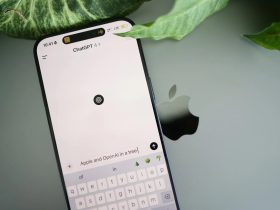
Deepfake vides are growing menace at present times. Deepfake videos are developed using artificial intelligence, where the face and voice of a target person is used in a synthetic video, in order to propagate a message that has not actually been said by the target person. Mostly, these deep fake videos are used to spread hatred messages, scams, controversies.
Such a deepfake video has cost a South Korean woman a whopping $50,770. She lost the amount to a scammer who used a deep fake video of business stalwart Elon Musk. According to various reports, the woman whose pseudo-name is Jeong Ji-sun, received messages from the Tesla CEO Elon Musk. Initially she was skeptical about the authenticity of the account. But, the account convinced her into believing that he is the original Elon Musk and he just loves to randomly interact with his fans in disguise. The scammer shared Musk’s original ID card photo, photos of his workplace, kids. The scammer took a lot of time to make himself/herself believable. After a few months, the scammer asked her to invest in his business assuring that it is for the personal interest of his fans and followers.
The final big shot that swiped all the victim’s doubt was a video of Musk. He used a high quality deep fake video of musk and asked the lady to invest in his business. Also, he made promises to love her. The deepfake video of “‘Musk’ even said, ‘I love you, you know that?’ when we made a video call,” she said.
Deep learning is a kind of machine learning which is based on neural networks. It trains machines how to learn from large amounts of data via multi-layered structures of algorithms.
Deepfake deploys a deep-learning computer network called a variational auto-encoder. Variational auto-encoder is used in different technologies mainly associated with facial recognition. Autoencoders encode and then compress huge chunks of input data. It reduces the data into a lower dimensional latent space. Finally, it reconstructs the compressed data to deliver output data based on the latent representation.
We always advise our viewers to not indulge in any friendly conversation with a stranger with whom you have no mutual connection. Cyber safety is in your hands.





Leave a Reply